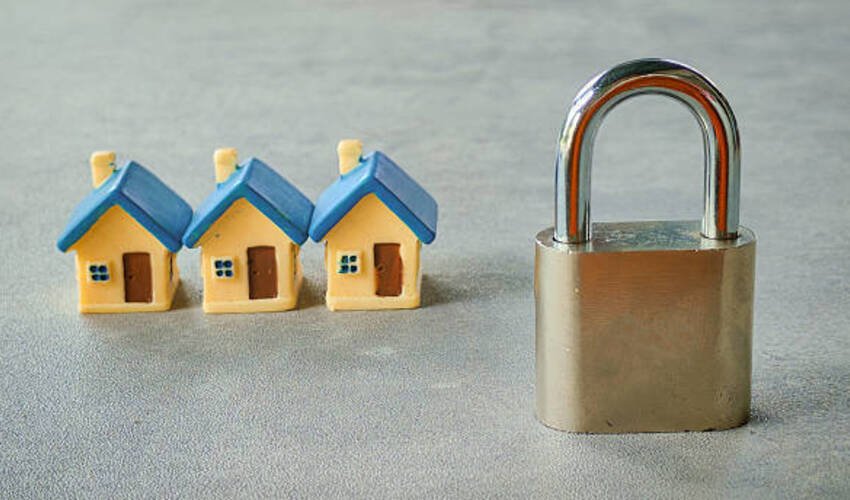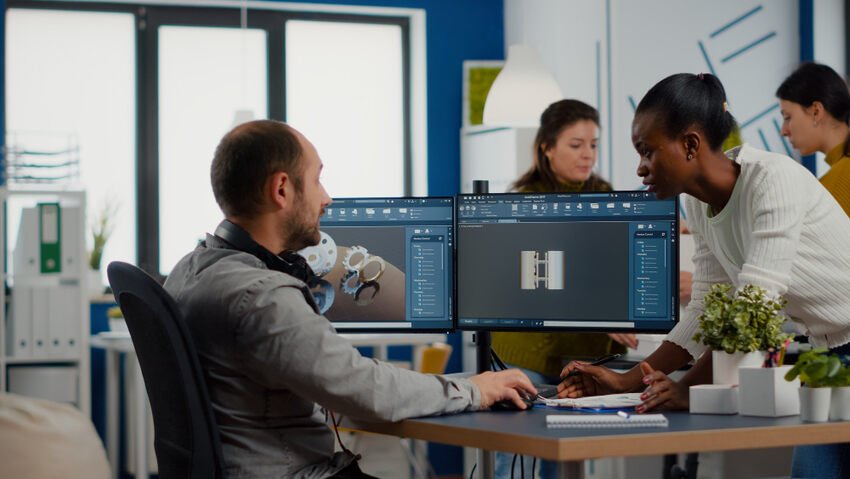Running a multifamily property isn’t just about keeping the landscaping tidy and the rent collected on time. It’s about creating an environment where residents feel safe without feeling boxed in, and where managers can balance operational efficiency with peace of mind. With condos, townhomes, and apartment buildings, the stakes are higher because security is shared. A lapse in planning can affect dozens or even hundreds of households. The good news is that modern technology and smart strategies give owners and managers plenty of ways to build trust, cut risk, and improve daily life for everyone on site. Let’s examine five approaches that go beyond the basics and make security both effective and thoughtful.
Strengthen Entry Points With Commercial Access Control
The front door to a multifamily property sets the tone for everything that happens inside. Commercial access control systems allow property managers to issue digital credentials, track who’s entering, and limit access based on schedules or specific permissions. A contractor repairing plumbing in a single unit doesn’t need access to the entire building, and a gym or pool can be open only during certain hours. With live video monitoring and instant alerts, these systems offer even more security. This kind of control cuts down on unauthorized traffic and reassures residents that shared spaces are monitored thoughtfully.
When access systems are connected to broader management platforms, property staff reduce manual oversight, gain reliable reporting, and maintain stronger safeguards without constant intervention. The technology isn’t just about doors; it’s about giving managers the same kind of confidence professionals in other industries rely on every day.
Rethink the Resident Experience With Technology
When managers think about technology for apartments, the focus shouldn’t only be on cameras or locks. It should also include how digital tools improve daily life while making properties safer. A simple example is visitor management. Instead of relying on paper logs, residents can approve guests through a mobile app, which automatically communicates with the front desk or main gate. That reduces friction while also building a record of who’s entering the property.
Another area is package delivery. With online shopping at an all-time high, stolen packages are more than a nuisance; they erode trust in the property’s ability to keep things secure. Smart lockers or integrated package rooms give residents reliable pickup options while saving staff from sorting mountains of boxes. Even small touches, like using sensors to track lighting in hallways or garage spaces, add value by making common areas feel safer without wasting energy.
Build Layers of Surveillance That Work Together
A camera on its own can discourage mischief, but it becomes far more powerful when paired with other systems. Today’s best practices go beyond recording footage for later review. Modern surveillance can integrate with access control to instantly flag forced doors or unauthorized attempts to enter restricted areas. For instance, if someone tries to use an expired credential, the system can trigger a camera to record the event and alert the property team in real time.
It’s also about placement. Cameras at entry points, parking areas, and shared amenities like gyms or pools create accountability in the spaces where residents interact most. With the right analytics, managers can spot patterns that help them plan better staffing or anticipate maintenance needs. That said, surveillance must respect privacy. Clear policies about who reviews footage, how long data is stored, and how alerts are handled reassure residents that technology is used responsibly.
Pay Attention to Cybersecurity in Building Systems
As buildings get smarter, digital threats can creep in through unexpected places. A property’s Wi-Fi network, HVAC controls, or even lighting systems may be connected to the internet. Without proper safeguards, these networks can be exploited, creating not just technical headaches but also safety risks. For example, if a hacker accesses a building’s control system, they could disrupt services in ways that frustrate residents and damage trust.
To avoid this, property managers should treat digital systems with the same seriousness as physical entry points. That means working with IT experts to set up secure networks, segment access between residents and staff, and ensure software updates aren’t ignored. Training property staff on how to spot phishing attempts or suspicious emails is just as critical as showing them how to lock a gate.
Make Residents Part of the Security Plan
Technology alone won’t solve everything. Residents themselves play a key role in how secure a property feels. When managers include them in the plan, everyone benefits. Something as simple as clear communication about how to report concerns can make a difference. If a resident notices a broken door latch or a light that’s gone out in the parking lot, they should know exactly how to get it fixed quickly.
Community meetings or newsletters can also highlight the rationale behind certain policies, such as the need for guests to be signed in or the restricted hours for shared spaces. These explanations keep rules from feeling arbitrary and encourage cooperation rather than resistance. Over time, this shared sense of responsibility makes the property stronger, since staff and residents are working toward the same goal rather than pulling in opposite directions.
Read Dive is a leading technology blog focusing on different domains like Blockchain, AI, Chatbot, Fintech, Health Tech, Software Development and Testing. For guest blogging, please feel free to contact at readdive@gmail.com.





